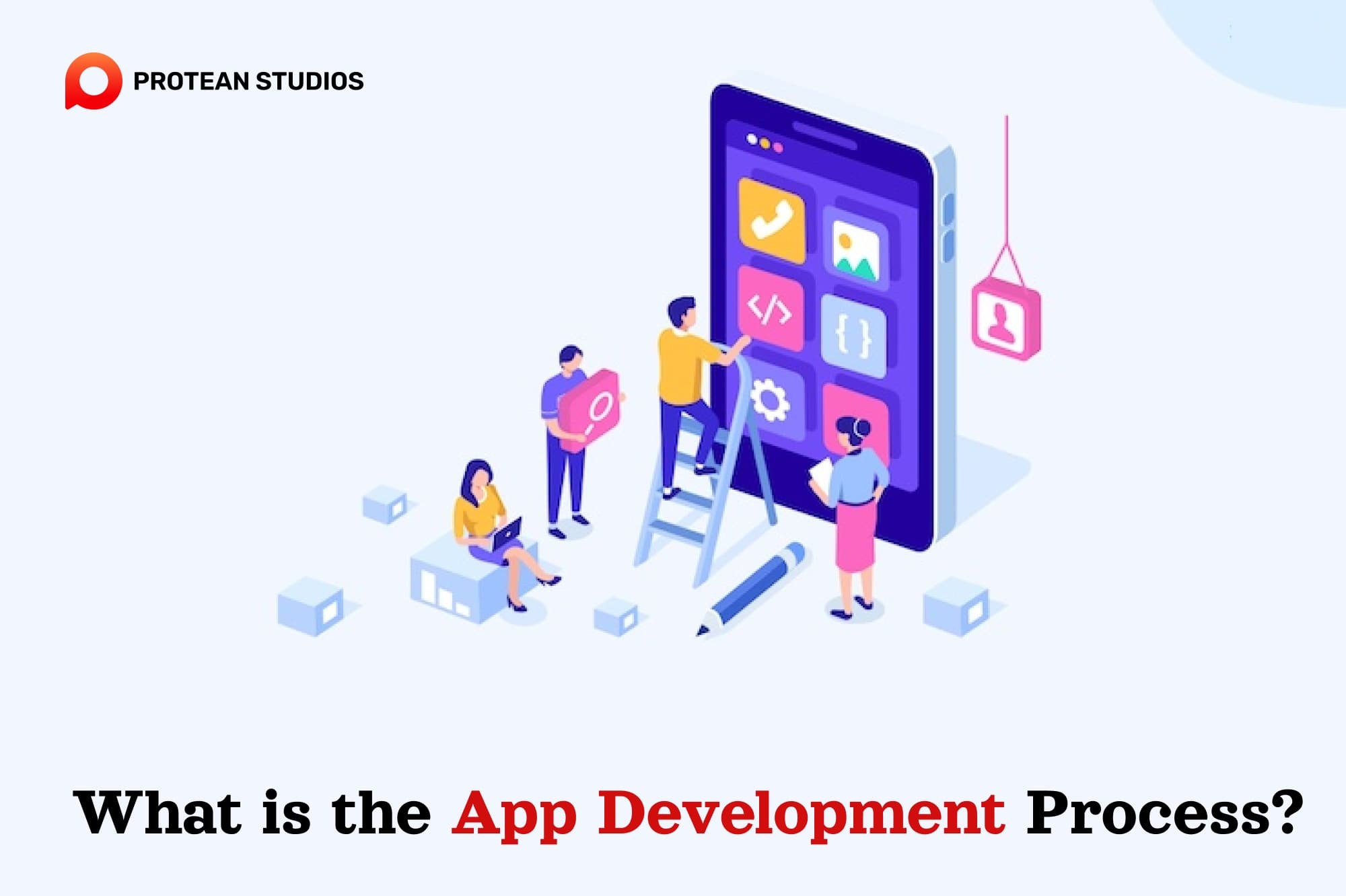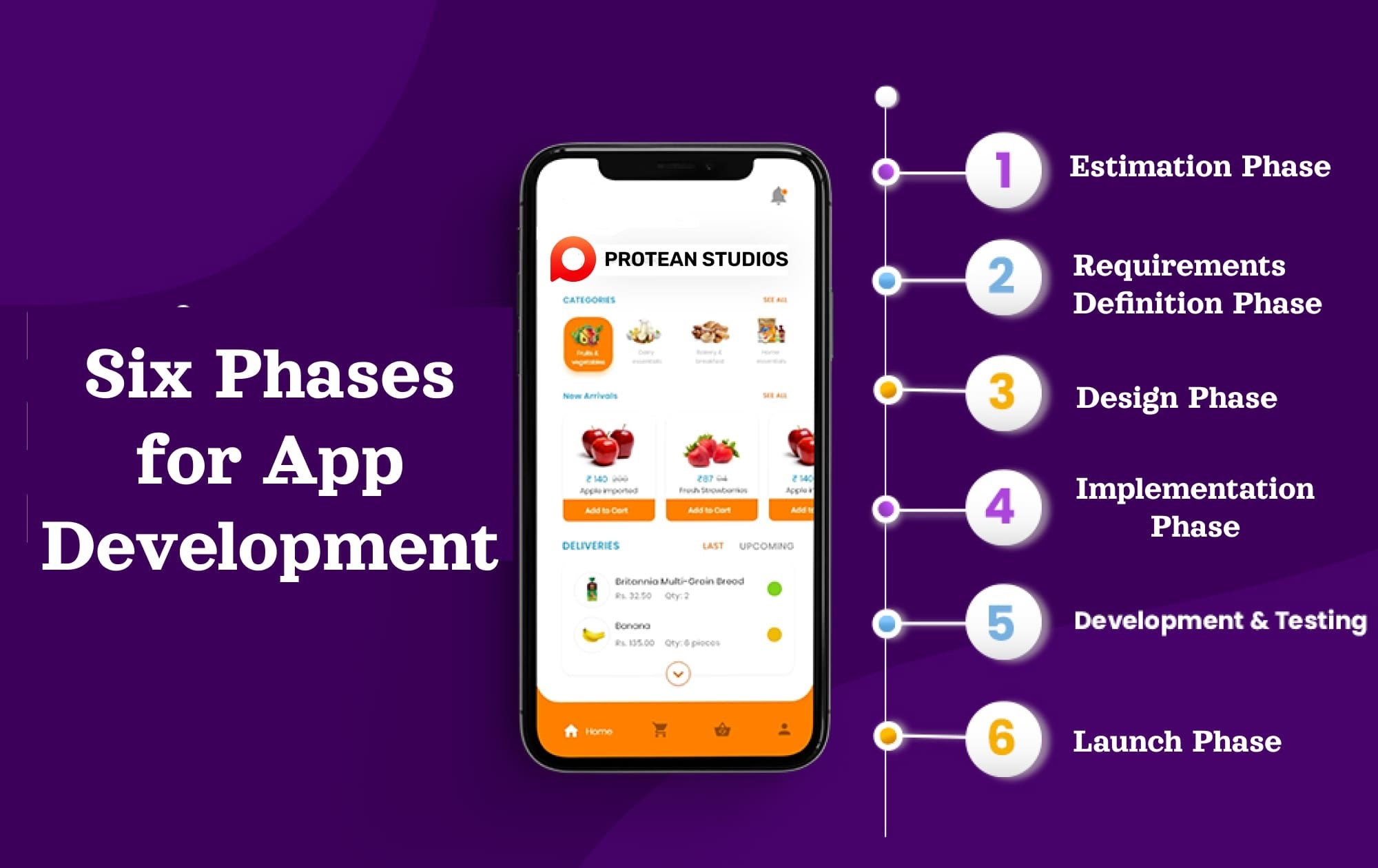In recent years, with the spread of smartphones, various apps such as SNS, shopping, and games have become a part of our lives. Even in digital transformation (DX) projects, the need for mobile app development by companies is on the rise. But many business operators do not know about application development. Thus, it is important to convey developers' know-how to create good services.
In this article, we will explain in detail from a developer's perspective the steps of app development, points to be noted in each phase, and the “idea necessary to create good services''.
What is the app development process?
The app development process involves the entire journey of creating an app, from ideation and design to development and execution. Unlike traditional software development, mobile application development requires a profound understanding of what mobile applications are and how they differ from desktop applications.

Key elements that differentiate mobile app development include functionality, reliability, flexibility, accessibility, portability, efficiency, maintainability, usability, and responsiveness—all iterated in line with users' requirements.
Read more: What is the Software Development Life Cycle (SDLC) and its models?
Six important phases for app development
Building a successful app requires a structured approach that ensures every aspect, from concept to launch. Here's a breakdown of the six essential phases involved in app development, or the software development life cycle:

1. Estimation phase
During this initial stage, the project team evaluates the scope, complexity, and resources required for the app. Key activities include assessing the project’s feasibility, estimating costs, and creating a high-level timeline.
Project scoping: This phase involves defining the app's core functionalities, target audience, and platform requirements.
Feasibility analysis: Based on the scope, conduct a feasibility analysis to assess the technical viability and resource needs for the project.
Cost and timeline estimation: Using the analysis, generate estimates for development costs and timelines to set realistic expectations.
2. Requirements definition phase
In this phase, the team collaborates with stakeholders to gather detailed requirements. This involves understanding user needs, defining functional and non-functional requirements, and creating use cases or user stories. Then, capture all the gathered requirements in a comprehensive document and ensure everyone involved validates them for clarity and completeness.
In app development, it is very difficult to meet all the following requirements at the same time: stable quality, release date, and plenty of functionality. To this end, organize requests in order of priority so that you can focus on what you need to complete.
Related article: Upstream and Downstream in Software Development
3. Design phase
Designing the app’s architecture, user interface, and user experience (UI/UX) is crucial. The team starts to create wireframes, mockups, and then basic prototypes. Decisions about technology stack, data flow, and security are made during this phase.
UI/UX design: Craft the app's visual appearance and user flow, focusing on ease of use, intuitiveness, and an appealing interface.
Develop wireframes and prototypes: Create low-fidelity wireframes and interactive prototypes to visualize and test design concepts before full-fledged development.
Refine and iterate based on feedback: Gather feedback from stakeholders and potential users, then use it to refine the design until it meets user needs and expectations.
4. Implementation phase

Developers start coding based on the design specifications. They build features, integrate APIs, and create the app’s core functionality. Frequent code reviews and testing ensure quality and adherence to needs.
Coding and development: Developers translate the design and requirements into functional code using programming languages and frameworks suited for the chosen platform (e.g., Android, iOS).
API and service integration: Integrate any necessary third-party services or APIs to provide functionalities like maps, social media logins, or payment processing.
Unit testing and code reviews: Testers perform unit testing to ensure individual code components function and conduct code reviews to identify and fix potential issues early on.
5. Test phase
To identify and fix defects, developers need to test apps. The team performs unit testing, integration testing, and user acceptance testing (UAT).
Rigorous testing: Perform various tests on the app, including functionality testing, performance testing, compatibility testing, and security testing. The goal is to identify and fix bugs across different devices and scenarios.
User Acceptance Testing (UAT): Invite a group of representative users to test the app in a real-world setting and provide feedback to ensure the app meets their needs and expectations.
Bug fixing and refinement: Address any bugs or issues discovered during testing and refine the app based on user feedback before launch.
If you want to know more about software testing, you can refer to this blog: Unraveling Software Testing.
6. Launch phase
The app is ready for deployment, and developers will deploy it to the relevant app stores (e.g., Apple App Store, CH Play, Google Play Store). The team prepares for the app’s release by configuring servers, setting up databases, and ensuring scalability. Then, execute a launch strategy to generate awareness and downloads, involving marketing campaigns, social media promotion, and app store optimization.
Guidelines for App Building: Your Roadmap to Success!
Developing a successful app requires careful planning, a well-defined process, and continuous improvement. By following these key phases, you can turn your innovative idea into a user-friendly and valuable mobile application.
------------------------------------------------
Protean Studios is an IT outsourcing company with many years of experience in software development. We have an expert team and web developers that can help you build the best technology applications.
At PROS, we are passionate about helping businesses leverage technology to achieve their goals. Whether you have a developed app concept or are brainstorming initial ideas, our team of experienced developers and designers can guide you through every step of the development process. Contact us today to discuss your app vision and explore how PROS can help you turn it into reality.




